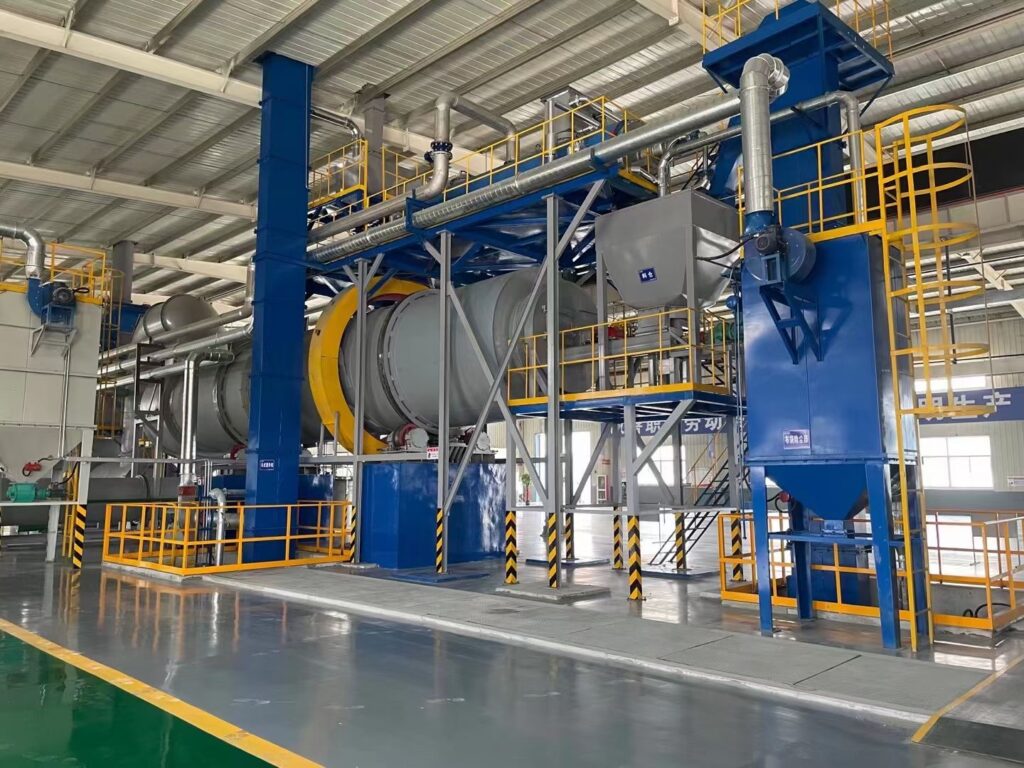Activated carbon is one of main adsorbents which is made coal and coconut shell. So what is the difference between coal activated carbon and coconut activated carbon?
You could know everything in this blog:
1, what is Coal activated carbon.
Coal activated carbon is activated carbon made from specific coal species or blended coal, which is carbonized and activated.
The coal used as raw material for the production of coal activated carbon comes from a wide range of sources, but due to the different nature of raw coal, the activated carbon produced by different coal species varies greatly and its application fields are also different.
In order to improve the adsorption performance of activated carbon and meet the needs of different applications, activated carbon with low impurity content, good adsorption performance and high strength, and low production cost are required. Therefore, there are high requirements for the quality of raw coal used in the production of coal-based activated carbon, and not all coal types can be used in the production of activated carbon products.
At the same time, activated carbon produced with a single coal type has certain deficiencies in its pore structure and adsorption properties, and the application fields will be limited.
By using coal blending technology, the pore structure of activated carbon can be improved and the adsorption performance of activated carbon can be improved to a certain extent without a significant increase in production cost, thus expanding the applications of activated carbon.
2, what is the application of different coal activated carbon?
According to different appearance, coal activated carbon can be mainly divided into
- coal granular activated carbon
- coal pulverized activated carbon,
Granular activated carbon can be divided into two categories: coal formed carbon (including columnar carbon, briquetted carbon or pressed carbon, spherical carbon) and raw coal crushed activated carbon.
According to different uses, it can be divided into activated carbon for
- water purification,
- industrial gas purification,
- air purification,
- decolorization and protection.
Compared with shell activated carbon, coal activated carbon is widely used in various fields such as water treatment, solvent recovery, decolorization of saccharin, gas separation and purification because of its wide source of raw materials, low price, easy regeneration, anti-abrasion and low fluid resistance. In addition, some coal activated carbon with special treatment and special processing can be used as efficient desulfurization agent, catalyst and catalyst carrier.

3, what is coconut activated carbon?
Fruit shell activated carbon is an activated carbon made from various plant shells and cores. There are many varieties of raw materials, and all the shells, cores and seeds with certain mechanical strength can be used as raw materials for shell activated carbon, among which coconut shell activated carbon is the most commonly used.
It is characterized by low ash content, high purity, good activity and large volume, etc. Its products have well-developed micropores, strong adsorption capacity and high strength; meanwhile, compared with coal activated carbon, the production process of fruit shell activated carbon is relatively easy, but the price is higher due to resource limitation. Its application areas include gas purification, water purification, wastewater treatment, desulfurization, decolorization and protection industries.
